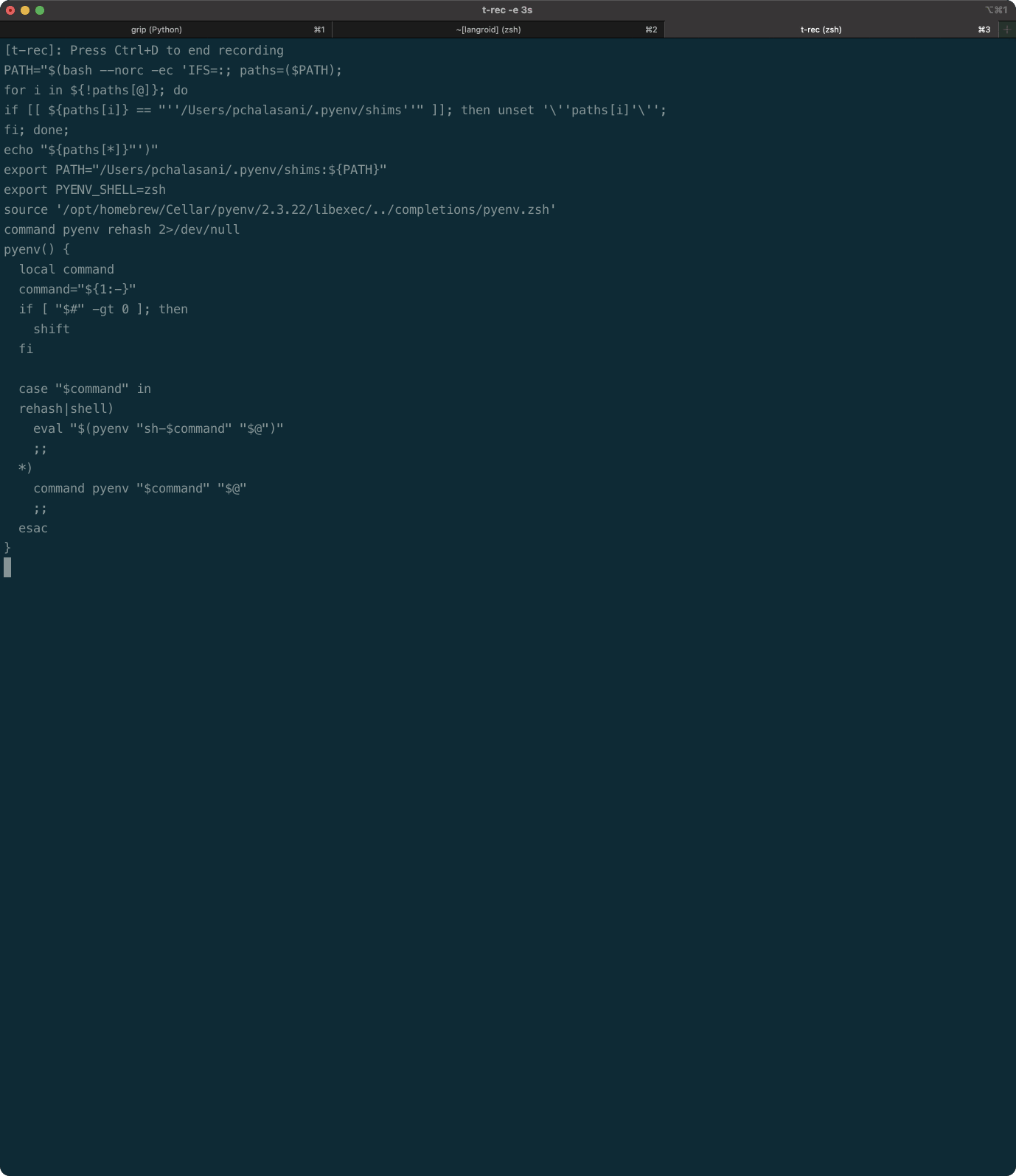Audience Targeting for a Business¶
Suppose you are a marketer for a business, trying to figure out which audience segments to target. Your downstream systems require that you specify standardized audience segments to target, for example from the IAB Audience Taxonomy.
There are thousands of standard audience segments, and normally you would need to search the list for potential segments that match what you think your ideal customer profile is. This is a tedious, error-prone task.
But what if we can leverage an LLM such as GPT-4? We know that GPT-4 has skills that are ideally suited for this task:
- General knowledge about businesses and their ideal customers
- Ability to recognize which standard segments match an English description of a customer profile
- Ability to plan a conversation to get the information it needs to answer a question
Once you decide to use an LLM, you still need to figure out how to organize the various components of this task:
- Research: What are some ideal customer profiles for the business
- Segmentation: Which standard segments match an English description of a customer profile
- Planning: how to organize the task to identify a few standard segments
Using Langroid Agents¶
Langroid makes it intuitive and simple to build an LLM-powered system organized around agents, each responsible for a different task. In less than a day we built a 3-agent system to automate this task:
- The
MarketerAgent is given the Planning role. - The
ResearcherAgent is given the Research role, and it has access to the business description. - The
SegmentorAgent is given the Segmentation role. It has access to the IAB Audience Taxonomy via a vector database, i.e. its rows have been mapped to vectors via an embedding model, and these vectors are stored in a vector-database. Thus given an English description of a customer profile, theSegmentorAgent maps it to a vector using the embedding model, and retrieves the nearest (in vector terms, e.g. cosine similarity) IAB Standard Segments from the vector-database. The Segmentor's LLM further refines this by selecting the best-matching segments from the retrieved list.
To kick off the system, the human user describes a business in English,
or provides the URL of the business's website.
The Marketer Agent sends
customer profile queries to the Researcher, who answers in plain English based on
the business description, and the Marketer takes this description and sends it to the Segmentor,
who maps it to Standard IAB Segments. The task is done when the Marketer finds 4 Standard segments.
The agents are depicted in the diagram below:

An example: Glashutte Watches¶
The human user first provides the URL of the business, in this case:
From this URL, theResearcher agent summarizes its understanding of the business.
The Marketer agent starts by asking the Researcher:
The Researcher responds with an English description of the customer profile:
The Researcher forwards this English description to the Segmentor agent, who
maps it to a standardized segment, e.g.:
This conversation continues until the Marketer agent has identified 4 standardized segments.
Here is what the conversation looks like:
